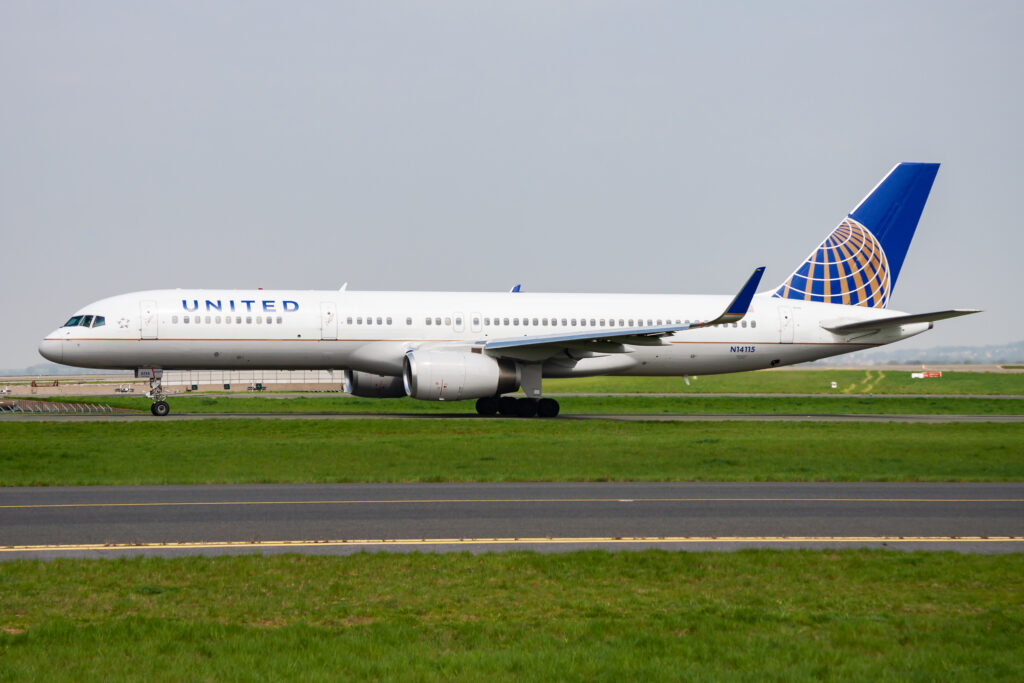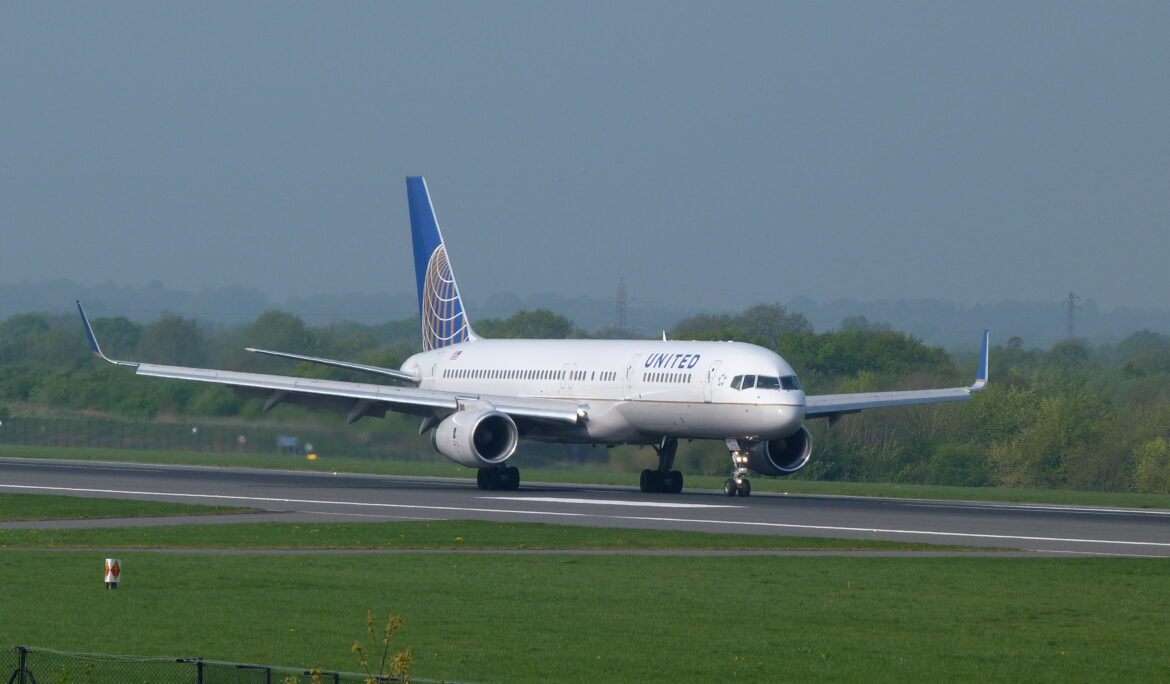Advertiser & Editorial Disclosure: The Bulkhead Seat earns an affiliate commission for anyone approved through the links below. This compensation may impact how and where links appear on this site. We work to provide the best publicly available offers to our readers. We frequently update them, but this site does not include all available offers. Opinions, reviews, analyses & recommendations are the author’s alone, and have not been reviewed, endorsed, or approved by any of these entities.
The Boeing 757-200 holds a special place in my memories. It was on one (operated at the time by Continental Airlines) that I got my first upgrade to what was then known as BusinessFirst. This operational bump saw my husband and I moved from row seven to the front of the plane for a flight from Newark Liberty International Airport (EWR) to Dublin Airport (DUB). This was 18 years ago. The aircraft is still flying for United Airlines and these planes seem to continually have maintenance issues given their average age is 28.6 years.

I recently encountered a delay that crept up to six hours as maintenance tried to figure out what was wrong and since then, I avoid this aircraft type on United at all costs. I’m not saying that they’re unsafe and I commend United for making sure that everything is operational, but these birds are past their prime and it’s time they parked them in the desert. Boeing discontinued production of this model in 2004. Paddle Your Own Kanoo reports that another of these Boeing 757-200s had two separate issues within days of each other last week.
The aircraft was stranded at Shannon Airport (SNN) in Ireland after suffering two separate engine-related emergencies in the span of only three days. What began as a routine transatlantic flight from Dublin Airpot (DUB) to Washington Dulles International Airport (IAD) became a series of diversions, delays, and mechanical woes.
The trouble began on September 17th, shortly after United Airlines flight UA 711 departed Dublin Airport (DUB) for Washington Dulles International Airport (IAD). The 26-year-old aircraft climbed to its cruising altitude of 36,000 feet when pilots detected an unspecified problem with one of the engines. They declared an emergency and diverted back to Dublin Airport (DUB). The aircraft landed safely and no injuries were reported. Passengers were rebooked onto alternative flights, while the aircraft was grounded for maintenance and its engine inspected by United’s maintenance team.
Two days later, on September 19th, United cleared the plane for a positioning flight to Newark Liberty International Airport (EWR). This time, there were no passengers on board. Midway through the flight (after the aircraft once again climbed to 36,000 feet), the pilots reported that the left engine was “degraded.” The crew aborted the transatlantic journey and diverted to Shannon Airport (SNN). The aircraft has remained grounded in Shannon ever since. United has tentative plans to reposition the plane back to Newark International Airport (EWR) today (pending further inspections).
United plans to replace the Boeing 757-200 aircraft with the Airbus A321XLR for shorter transatlantic flights and eventually add the Boeing 737 MAX 10 to the mix, but until then United should stop flying these planes. I’m all for nostalgia, but the headaches they cause passengers with delays and cancellations is not a good look.
Anthony’s Take: I can’t wait for these aircraft to go away. I have the memories of that flight on Continental Airlines and many more of delays and cancellations as a result of these aircraft being too old to keep on trucking.
(Image Credits: United Airlines and Jozsef Soos via iStock.)
User Generated Content Disclosure: The Bulkhead Seat encourages constructive discussions, comments, and questions. Responses are not provided by or commissioned by any bank advertisers. These responses have not been reviewed, approved, or endorsed by the bank advertiser. It is not the responsibility of the bank advertiser to respond to comments.
Advertiser & Editorial Disclosure: The Bulkhead Seat earns an affiliate commission for anyone approved through the links above This compensation may impact how and where links appear on this site. We work to provide the best publicly available offers to our readers. We frequently update them, but this site does not include all available offers. Opinions, reviews, analyses & recommendations are the author’s alone, and have not been reviewed, endorsed, or approved by any of these entities.

1 comment
AA flies A319/320 that are about as old. But I have yet to have a maintenance delay on one. Oh no I just jinxed tomorrow’s trip!!